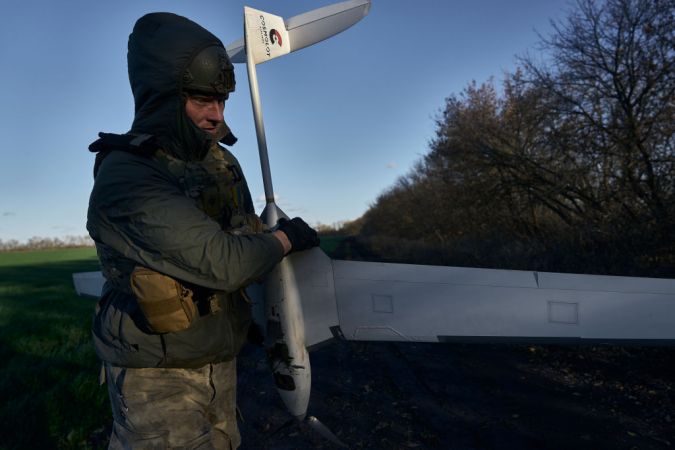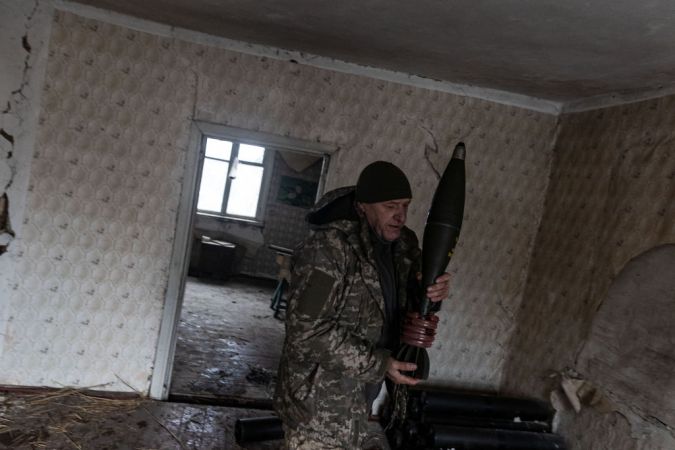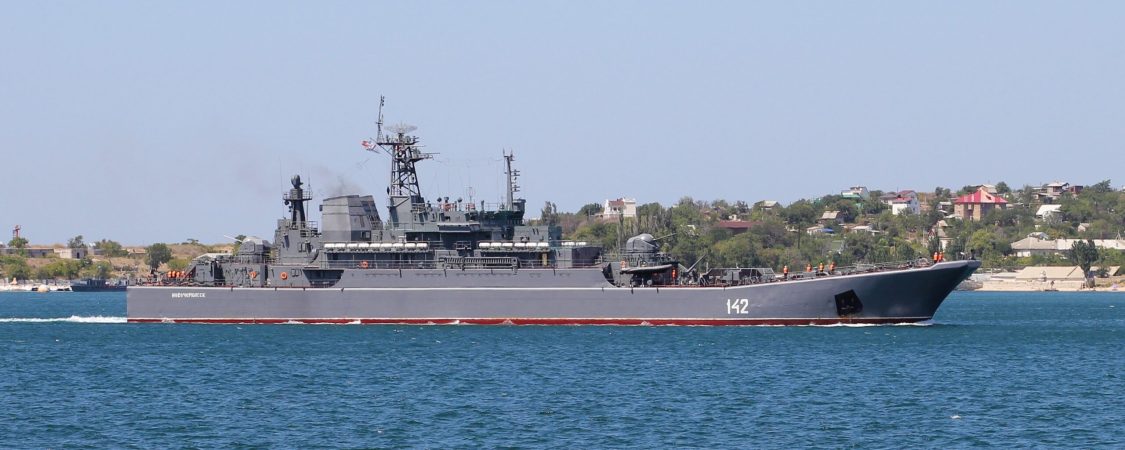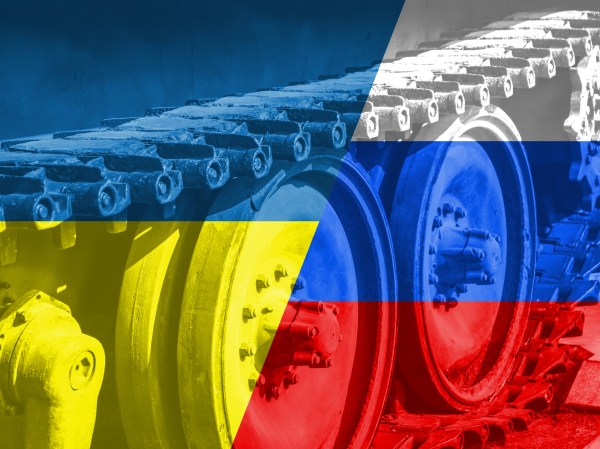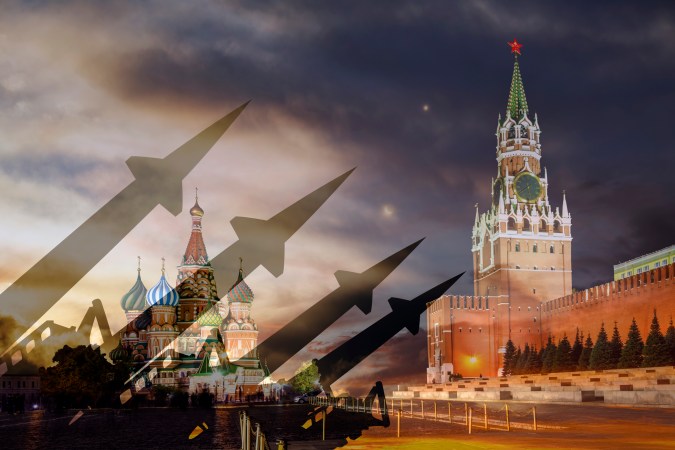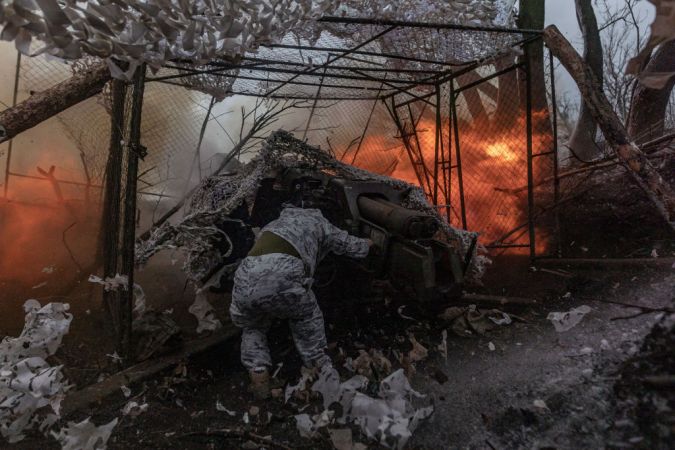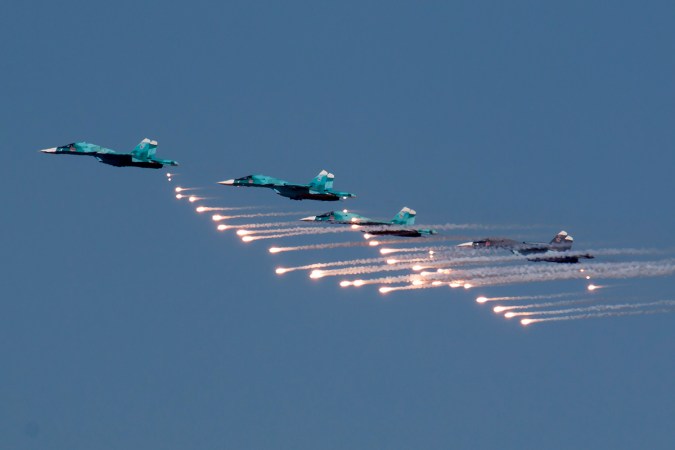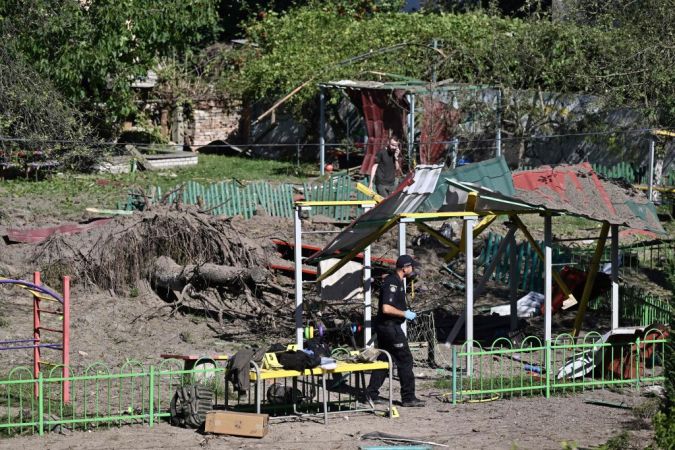While the front lines have not shifted as much as expected in 2023, a lot has happened in Ukraine and the war. Defenders in Ukraine have made gains, but troops in multiple salients and vulnerable positions need constant supply to maintain their footing. And Russian attackers rely on multiple supply lines that are little more than drinking straws.
If Ukraine can close more Russian supply lines, especially the Kerch Bridge, a Russian collapse in the south is likely. But if Ukraine doesn’t find enough ammo and weapons, a growing threat with Western political gridlock, a painful Ukrainian withdrawal is much more likely.
Supply represents the story of the Russo-Ukrainian War in 2024.
And there’s a real chance that Ukraine will lose it.
Russia’s supply problems

Russia and Ukraine have different, but similar, supply problems. In Russia’s case, it can seemingly get as much low-quality ammunition it needs. Ukraine and Iran make sure of that, though North Korean shells are reportedly destroying Russian artillery barrels.
But Russia struggles to get munitions into parts of Ukraine, especially the south. And it struggles to manufacture and deploy enough replacements for high-end weaponry. It is increasingly short ships and jets, and missiles for both.
Their struggle to get weapons into the South is simple. The Crimean Peninsula and Kherson and Zaporizhia oblasts lie between the Kerch Strait Bridge and the “land bridge” cut through Ukraine’s southeast from Russia down to Crimea. Ukraine successfully damaged the actual bridge and impinged on the land bridge. So Russia struggles to move men and supplies in and out of the areas.
Ukraine finishing its choke on the land bridge would be catastrophic for Russia, but Ukraine requires artillery and other weapons with long range to do so. The coming Ukrainian F-16s, which will likely be held back from Russian lines as long as Russia’s air defenses last, will only do so much in the Ukraine War.
If Russia can hold the bridges open, then it will likely be able to continue fighting indefinitely. Its artillery problems pale in comparison to Ukraine’s. And while it’s losing high-end weaponry at a much higher rate than it can replace it, especially jets and tanks, it seems to have the cannon fodder to hold for now.
Ukraine’s supply problems

Ukraine, meanwhile, has a very different problem. It’s supply lines through the country are relatively secure. Harassed by Russian drones and artillery, sure. But they’re open.
But it lacks sufficient industry to make the bulk of its wartime needs itself. And with constant Russian strikes on its key cities, Ukraine can’t quickly build the factories it would need to crank out artillery shells, missiles, and other munitions at near the pace it would need. (Right now, all of Europe and most American industry combined can’t crank out the weapons fast enough.)
So its supply problems run deeper, and they run right through the European Union and U.S. Congress.
Over 60% of Americans still support increased support to Ukraine, according to a September survey by the Chicago Council on Global Affairs. But both houses of Congress are split with different parties narrowly holding each. And sections within each party argue over priorities between Ukraine, Israel, the southern border, budget deficits, and more.
The European Union, meanwhile, requires unanimity to authorize foreign aid. So Viktor Orban of Hungary successfully blocked a $50 billion aid package. That’s despite public support across the EU as a whole. (One great piece of news from the European Parliament’s most recent survey: German support for supplying Taurus missiles is growing. Those missiles are perfect for permanently destroying bridges like the Kerch Strait Bridge.)
Without aid supplied from outside, Ukraine would struggle to hold what it has. Less defendable areas, like the bridgehead over the Dnipro that has cost dozens of rivercraft, would have to be abandoned. Salients like the one at Robotyne would be extremely vulnerable. The chances of Ukraine taking back more territory would be extremely low.
The Ukraine War in 2024
While the Russian authorities claim the Russian economy is strong, the experience for average Russians is anything but. The Russian economy shrank in 2022. Absent massive government spending on the war, it would have shrank in 2023 as well. And growth is expected to slow to 1.1% in 2024 despite Russia planning to spend over 7% of GDP on the war. That’s over a third of the government’s annual budget.
Russia can’t sustain that spending, and so it can’t sustain the war. But it appears to count on political changes in 2025. Its proposed budget for 2025 to 2026 shows a large decrease in spending on the war, meaning it expects less resistance or to win before that point. Elections in the U.S., E.U, and U.K. could deliver Russia a smaller, less hostile enemy alliance in 2025.
Meanwhile, Putin appears resistant to another call for men ahead of his own election in 2024. And his previous call-ups barely account for his battlefield dead and permanently wounded. New Russian armies and divisions are unlikely.
Ukraine can grind through Russian defenses, given enough support. But the war in 2024 will hinge on whether the collective West stands tall for just a little longer. If it doesn’t, Putin’s eventual victory, along with the risk that he will rebuild and attack Europe again, looms large.
Logan was an Army journalist and paratrooper in the 82nd Airborne Division. Now, he’s a freelance writer and live-streamer. In addition to covering military and conflict news at WeAreTheMighty, he has an upcoming military literacy stream on Saturdays in 2024 on Twitch.tv/logannyewrites.



